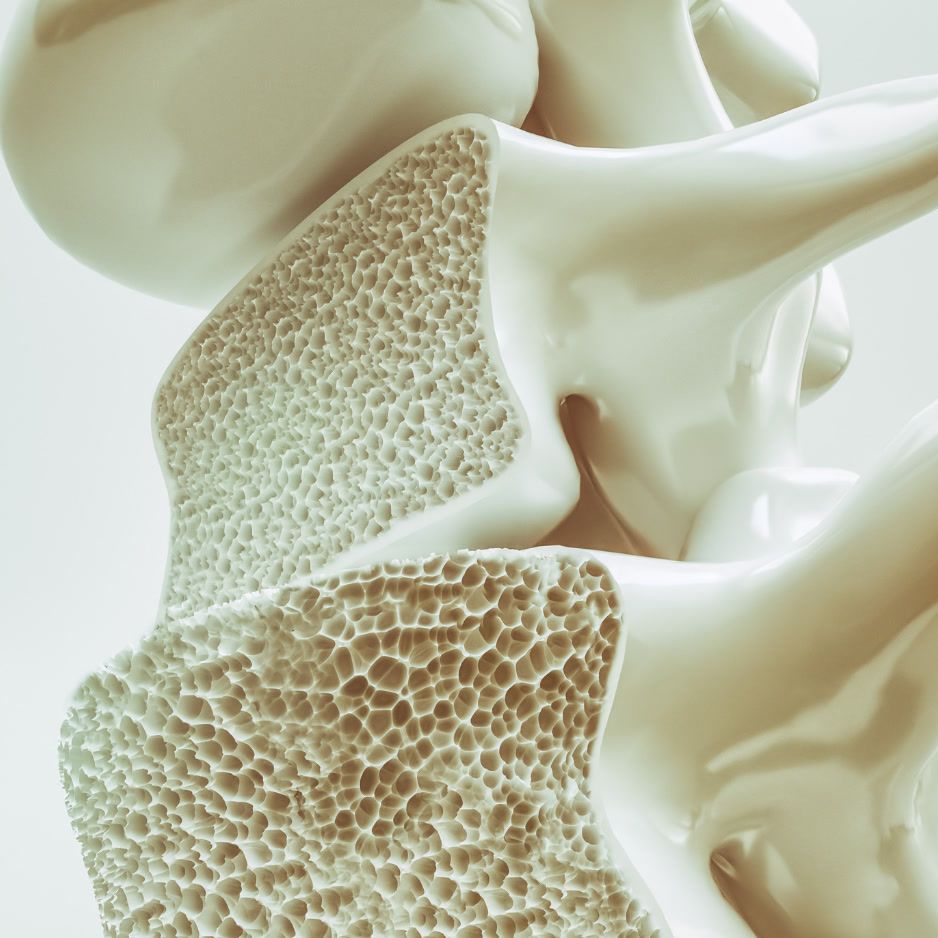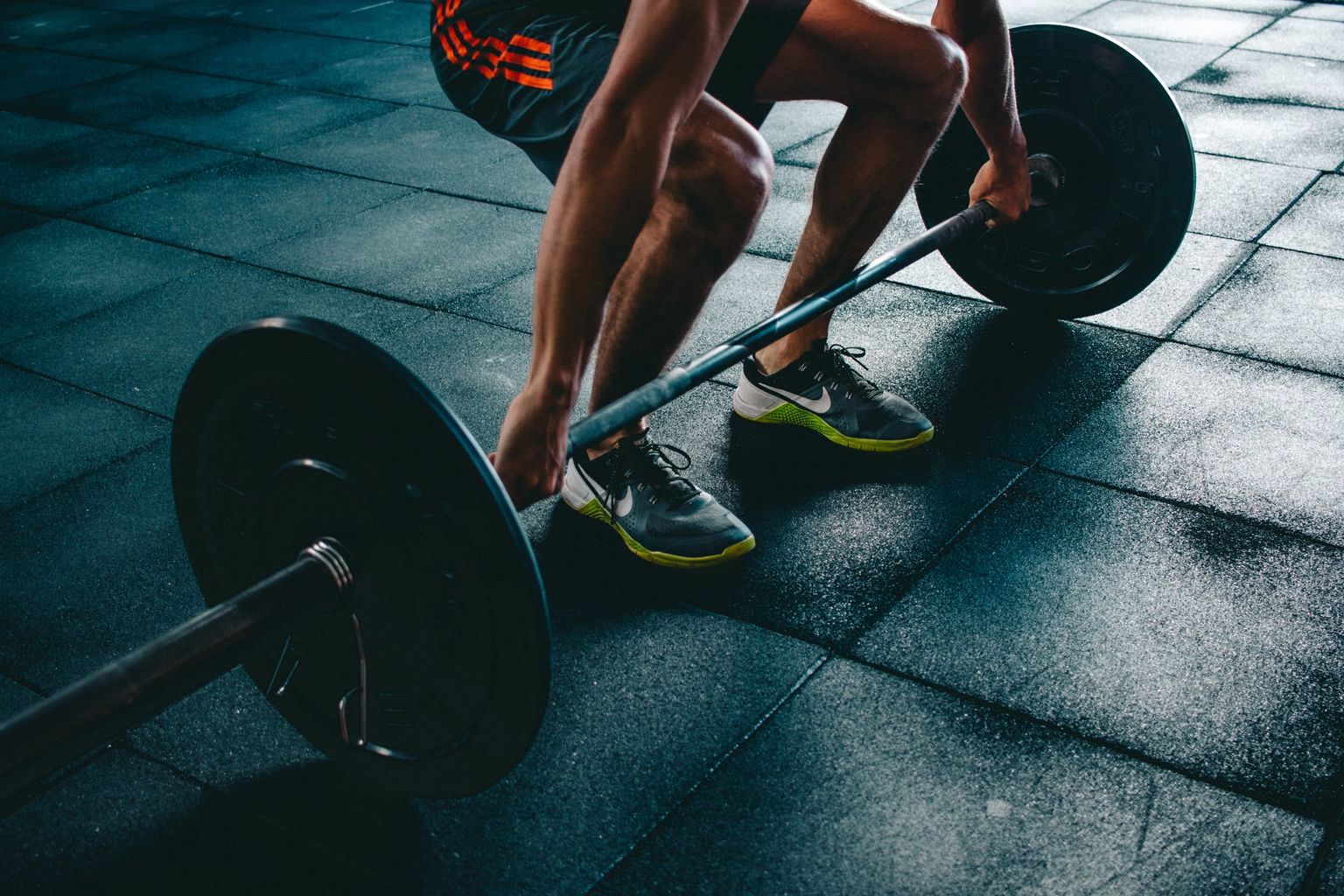12% Body Fat: Benchmarks and Roadmap

12% Body Fat: Visual Benchmarks, Accurate Measurement & a 12-Week Roadmap
Ever wondered what 12 % body fat really looks and feels like—and whether you can reach it safely?
Search interest in the term has grown significantly as people pursue visible abs and an athletic, lean appearance without crossing into risky territory. This guide delivers science-backed visuals, measurement advice, and a practical 12-week blueprint you can follow with confidence.
Key insights: 12 % body fat is lean for men and extremely lean for women. Achieving it demands precise measurement, structured training and nutrition, and careful attention to hormonal health—especially for females.
What 12 % Body Fat Looks Like
Visual references are crucial for understanding body-fat levels. While BodySpec’s interactive image tool is in development, the descriptions below outline typical features, and the linked examples allow further comparison.
Men at ~12 %
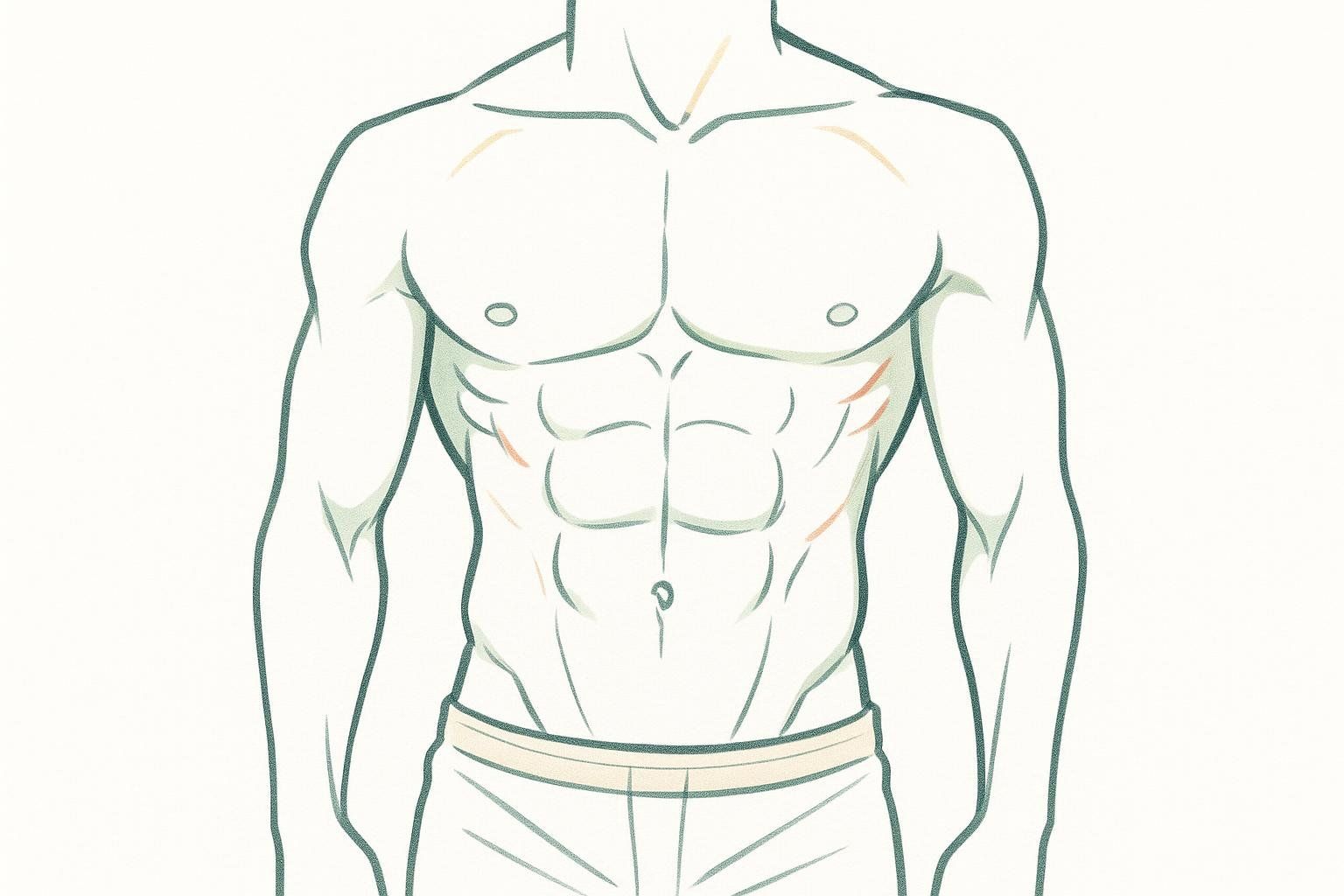
- Abdominal definition – A complete six-pack is visible when flexed; the “V-cut” above the hips begins to show.
- Upper-body veins – Subtle vascularity appears across the biceps, forearms, and shoulders, particularly after exercise.
- Muscle separation – The serratus, external obliques, and separation between pectoral heads are distinct.
- Jawline – Facial features appear sharper as facial fat and water retention decrease.
- Visual reference – For additional examples, consult this male 12 % body-fat gallery.
Women at ~12 %
- Defined arms and shoulders – Deltoid caps and triceps separation are noticeable even without flexing.
- Abdominal lines – A vertical midline (linea alba) runs from sternum to navel; horizontal cuts may appear during a hard flex.
- Lower-body striations – Light lines can emerge in the quadriceps and glutes when contracted.
- Low essential fat – Breasts often appear smaller, and the pelvic bone becomes more prominent—signs of nearing the 10–13 % essential range specified in the ACSM essential body-fat guidelines.
- Visual reference – Visual examples are available in this female 12 % body-fat collection.
⚠️ Health note for women

Levels below approximately 14 % are associated with menstrual dysfunction and reduced bone density when maintained long-term Chen 2023. For an in-depth discussion of hormonal considerations, see our guide on Hormones and Weight Loss.
Can Visual Assessment Be Trusted? Comparing Measurement Methods
| Method | Typical Error Range | Cost (USD) | Advantages | Limitations |
|---|---|---|---|---|
| DEXA scan | ± 2–3 % (DEXA Accuracy & Calibration) | 40–120 | Regional results, visceral-fat report, bone-density data | Requires appointment; minimal radiation (~ equivalent to eating four bananas) |
| 7-site skinfold calipers | ± 4–6 % | 10–50 | Inexpensive and portable | Dependent on technician skill; cannot measure visceral fat |
| Bio-impedance smart scale | ± 5–8 % | 30–300 | Convenient, at-home use | Hydration alters readings; less accurate at low body-fat levels |
| Bod Pod (air displacement) | ± 3–4 % | 50–90 | Non-invasive and quick | Limited availability; may underestimate muscular athletes |
| Hydrostatic weighing | ± 3–4 % | 50–100 | Historical research standard | Full submersion; uncomfortable for some users |
For detailed measurement instructions, refer to our guide: How to Calculate Body Fat Percentage.
Professional recommendation: Relying on visual assessment alone is insufficient for pin-pointing 12 %. Schedule a DEXA scan every four weeks to confirm progress and adjust your nutrition strategy.
Health Snapshot at 12 %
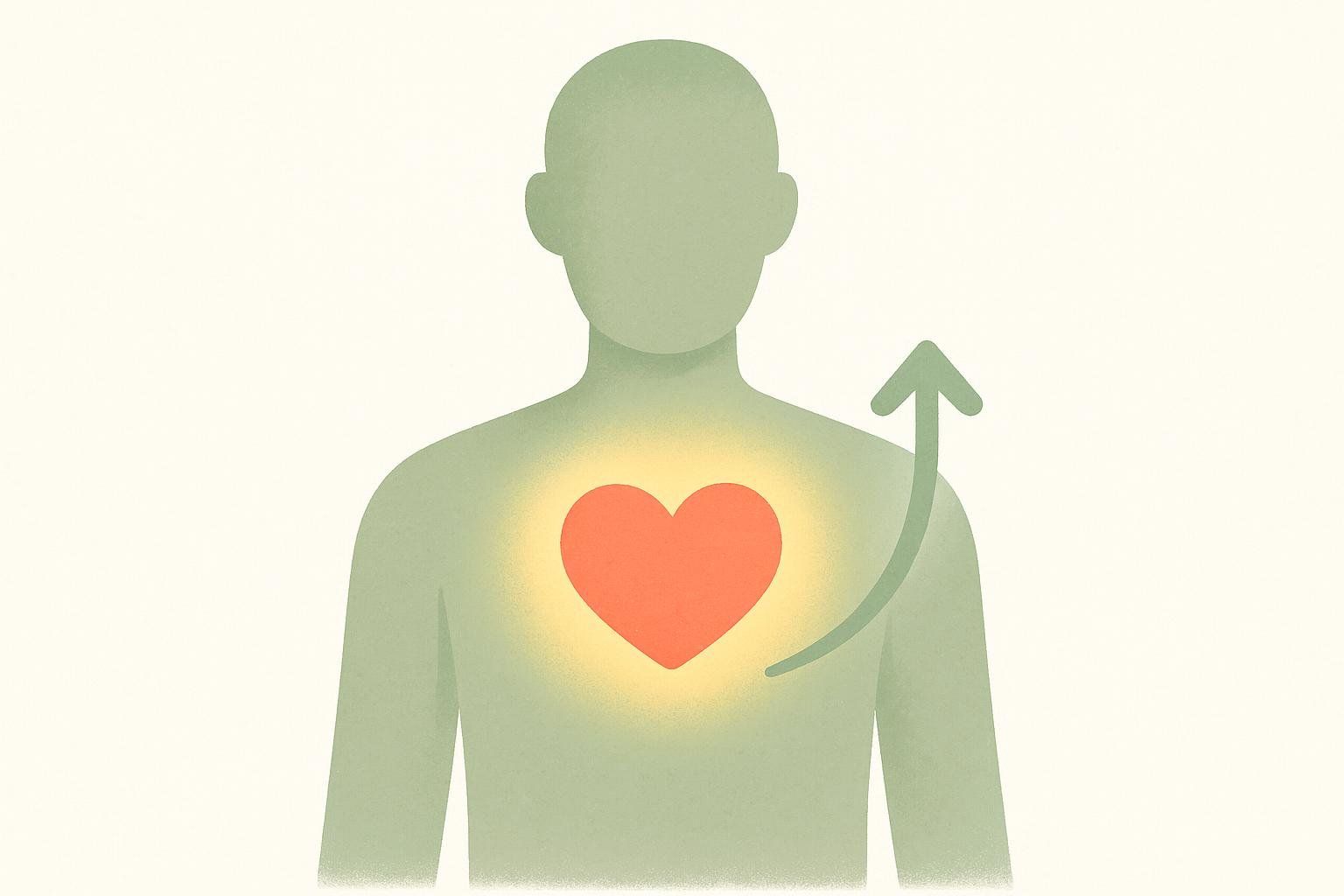
| Potential Benefit | Explanation |
|---|---|
| Clear muscle definition | Reduced subcutaneous fat reveals underlying musculature. |
| Enhanced insulin sensitivity | Lean tissue partitions glucose more effectively Clasey 1997. |
| Lower cardiometabolic risk | A 1-lb drop in visceral fat can reduce triglycerides by ~ 10 % Weightology. |
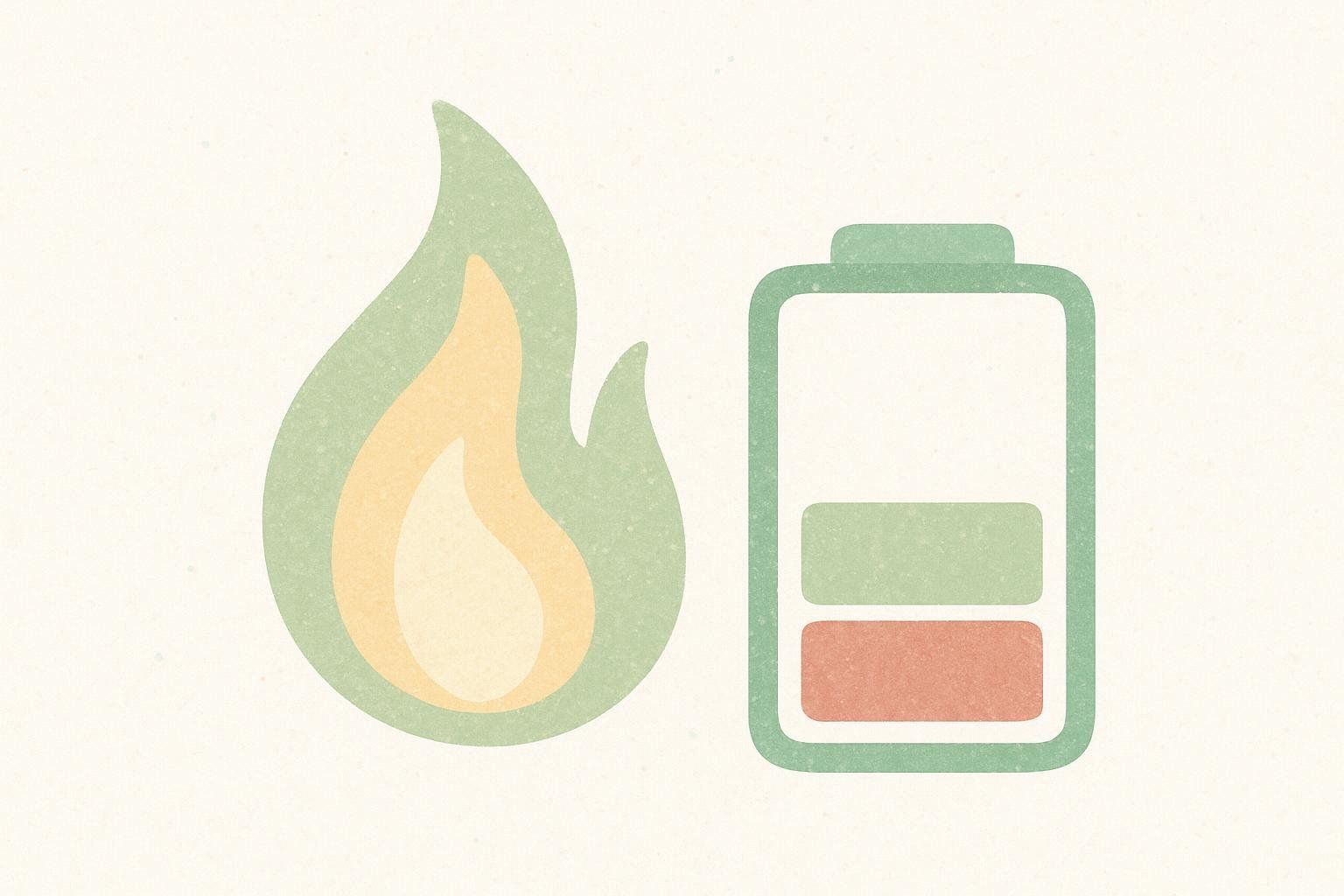
| Potential Risk | Mitigation Strategy |
|---|---|
| Hormonal disruption (especially in women) | Include diet breaks and maintain ≥ 16 % body fat during off-season phases. |
| Metabolic adaptation | Use structured refeed days and keep resistance training heavy. |
| Immune suppression from prolonged low calories | Limit deficit to ≤ 25 % below maintenance; consume 1.6–2.2 g protein per kg. |
12-Week Blueprint to Reach 12 %
The timeline assumes a starting point of roughly 20 % body fat for men (25 % for women) and a commitment to train 4–5 days per week.
Weeks 1–4 • Foundation
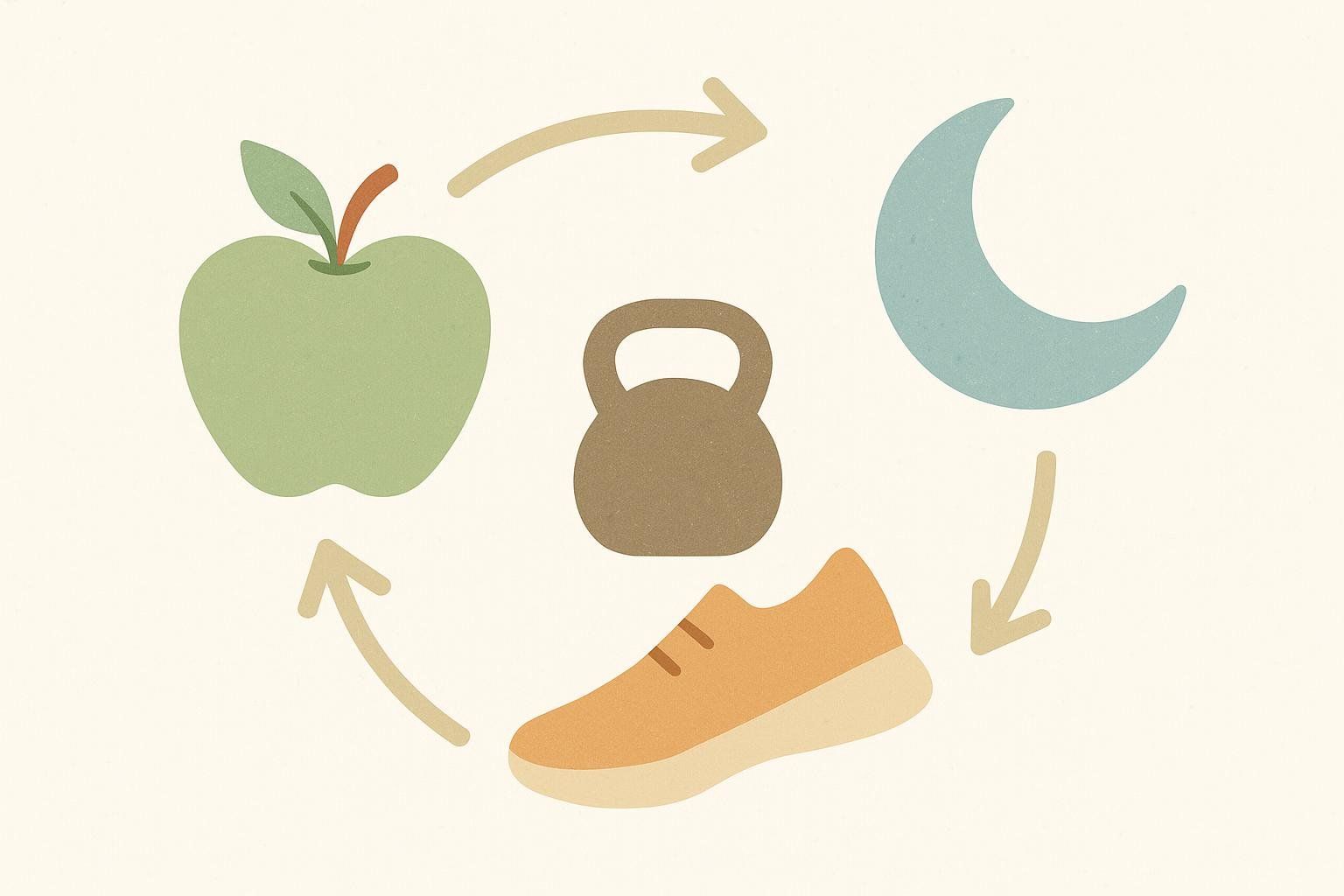
- Calories – 20 % below maintenance (calculate with our BMR Calculator).
- Protein – 1 g per pound of lean mass (if lean mass is unknown, use current body weight until baseline DEXA results are available).
- Macros – Remaining calories split 40 % carbohydrate, 40 % fat.
- Training – 3 full-body strength sessions plus 2 HIIT finishers.
- Lifestyle – 8 000–10 000 steps daily and 7–9 h sleep.
- Checkpoint – Baseline DEXA.
Weeks 5–8 • Acceleration

- Calorie adjustment – Reduce by an additional 200 kcal if weekly weight loss is under 1 lb.
- Refeed – One maintenance-calorie day each week.
- Training split – Push/Pull/Legs format plus 2 HIIT sessions.
- Supplements – 3–5 g creatine (see “Does Creatine Help With Weight Loss?”) and 2 g omega-3 fatty acids.
- Checkpoint – Second DEXA and progress photos.
Weeks 9–12 • Cutting Edge
- Deficit ceiling – Do not exceed a 25 % calorie reduction.
- Strength focus – Maintain lifting intensity; avoid excessive volume increases.
- Cardio modification – Substitute one HIIT session with 30–40 min low-intensity steady-state (LISS) cardio.
- Hydration & sodium – Keep intake consistent to prevent misleading scale fluctuations.
- Checkpoint – Third DEXA. If 12 % is achieved, transition to maintenance; otherwise continue for two additional weeks.
A detailed day-by-day planner and downloadable PDF are available in our Visible Abs: Body-Fat, Diet & Workout Guide.
Maintaining 12 %
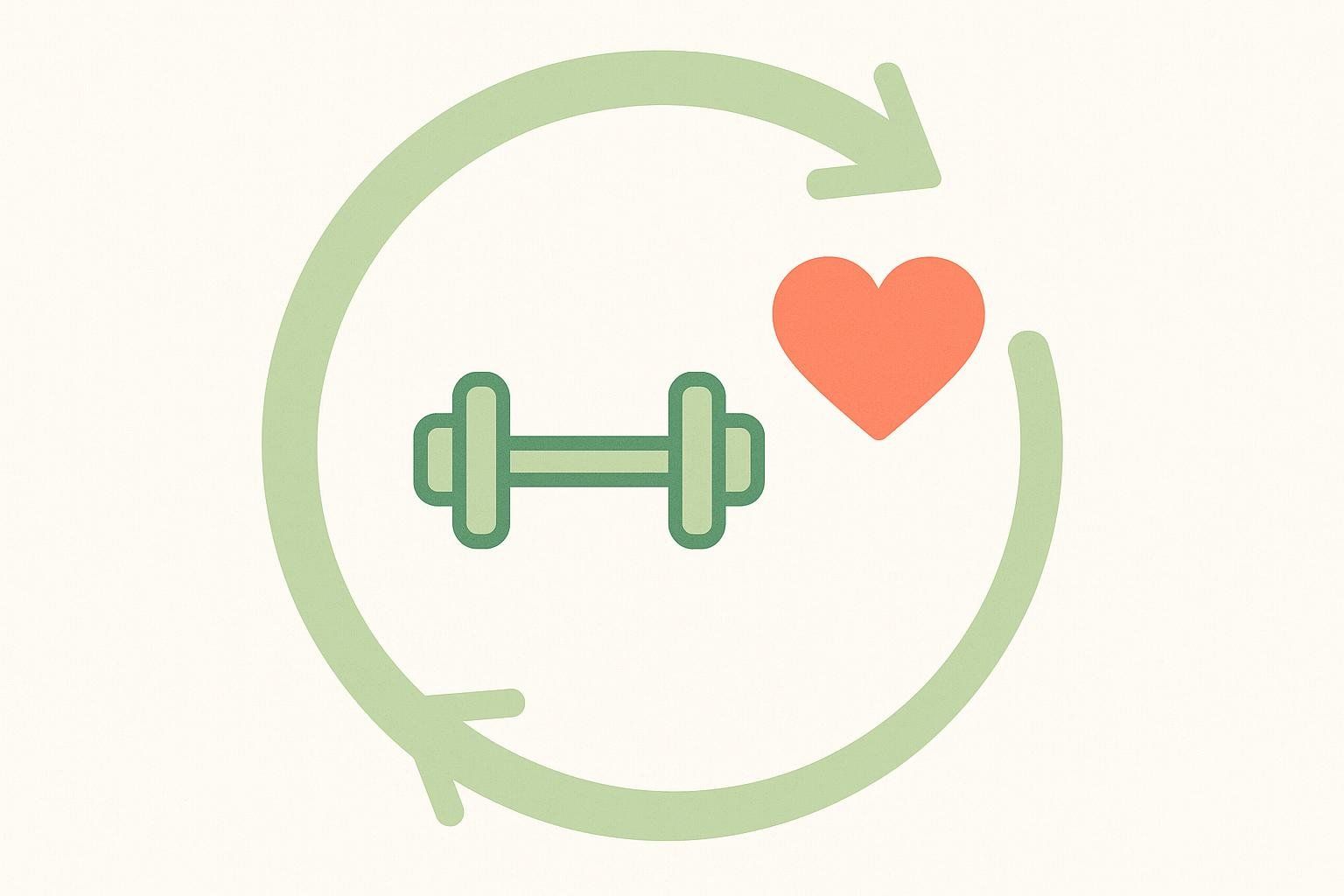
- Reverse-diet gradually – Increase intake by 100–150 kcal every seven days until weight stabilizes.
- Protein floor – Maintain at least 0.8 g protein per pound of body weight.
- Periodized training – Alternate hypertrophy and strength blocks to prevent burnout.
- Quarterly DEXA scans – Detect visceral-fat creep early and adjust promptly.
Frequently Asked Questions
How long does it take to reach 12 % body fat?
With disciplined nutrition and resistance training, most individuals can progress from ~ 20 % to 12 % in 12–16 weeks. Higher starting points or more conservative approaches may require six months or longer.
Can abs appear before reaching 12 %?
Yes. Men often display a soft six-pack around 14 %; women generally need to be at or below 18 %.
Is 12 % body fat unhealthy?
For men, 12 % falls within the “athletic” range. For women, it borders essential-fat levels, so prolonged maintenance increases the risk of amenorrhea and bone-loss issues Chen 2023.
How frequently should I schedule a DEXA scan?
Every 4–6 weeks during a cutting phase, then once per quarter while maintaining.
Next Steps
Determine whether you are closer to 20 % or approaching 12 %: book a DEXA scan in minutes and leave with gold-standard body-composition data for precise decision-making.
For information on pricing and logistics, read our DEXA Body Scan: Complete Guide to Procedure, Cost & Booking.
Key Takeaways
- 12 % body fat delivers a lean, athletic appearance but requires meticulous strategy and monitoring.
- DEXA scanning (± 2–3 % error) offers superior accuracy compared with other assessment methods.
- A phased 12-week plan—covering nutrition, training, and lifestyle—can realistically reduce body fat from ~ 20 % to 12 %.
- Women should exercise additional caution below 14 % due to hormonal and bone-health considerations.
Accurate measurement is crucial; visual estimation alone should not guide critical training and nutrition decisions. A DEXA scan provides the most reliable data for managing body-composition goals.
